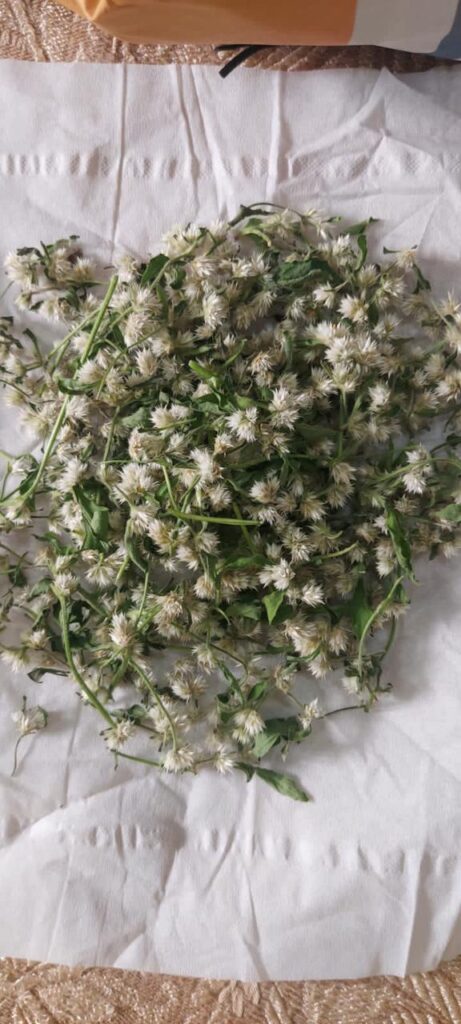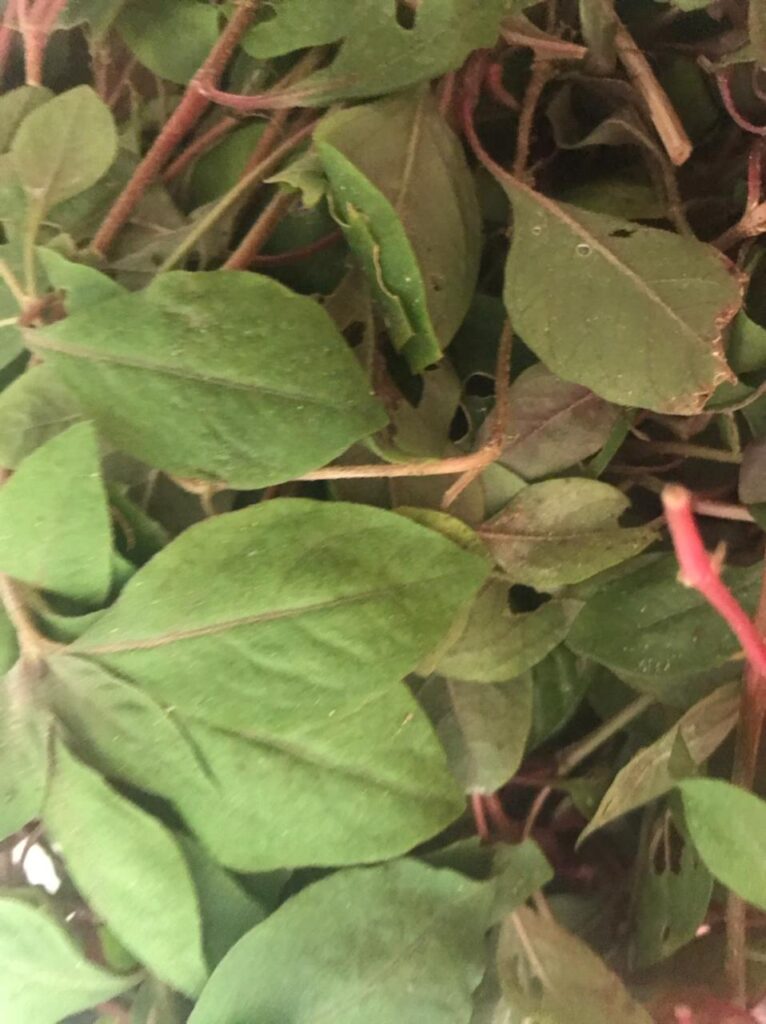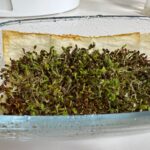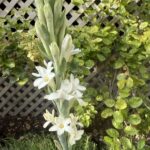When I started this blog, I meant to have many more people contributing with articles. But though my lovely gardening circle helps with tips and tricks they rarely have the time to write a full post. The following is a guest post by my dear friend Buvana Raman who runs the Plants for Health page on Facebook. She is very interested and extremely knowledgeable about edible plants and their medicinal uses. So here is what I hope is the first in a series of herbs and edible plants. Enjoy!
Dwarf Copperleaf Spinach:
Alternanthera Sessilis, Sessile Joyweed, Dwarf Copperleaf spinach, Water Amaranth are the many names of this very medicinal perennial herb that grows in tropical or subtropical climates. The many local names are Ponnanganni ( meaning – golden plant), Matsyaakshi and Gudari Saag. This aquatic plant prefers to grow in wet and warm areas but can also survive in dry areas.
How to identify :
There are many varieties due to different growth patterns in different climates. The leaves are small 3 cm to medium 10 cm in size ( length) about 3 cm in width and elongated, elliptic, or lanceolate in shape. They are a pale glossy green or sometimes with a reddish tinge. They have a smooth edge that tapers to a point. The green one is the most coveted for its medicinal properties ( you can see photos of a couple of the varieties below). Its stem is slender and it is a ground plant with lots of smooth branches and branchlets with hairs at the nodes. The differentiating feature is the presence of a complete head of flowers (white) on the nodes or stalk. If you dig and see the substratum – roots form a mat structure.
It’s often confused with other similar-looking weeds some of which ( with thicker stems ) are lethal and other ground cover plants such as baby’s tears. So it is important to check with an expert and grow it separately in a container so that you are sure when you consume it.
Propagation and how to grow :
I was able to successfully propagate this plant. It can be grown from seeds that are actually the flowers ( the white flowers you see in the photo below ). Also stem cuttings with nodes can form roots or saplings that can be grown. It needs a mix of sweet sand 1/2, potting soil 1, and compost 1/2 – which can retain water and keep the roots moist. Being a consumable it is best to use natural compost, over any other kind of fertilization. Make sure to fertilize every 15 days by topping up. A dedicated area or grow bag/ pot with moderate sunlight – (with both surface area and depth ). It requires adequate protection from the sun in Dubai summers. You can trim the extra growth of the plant regularly for consumption. This also helps the main plant to keep producing new leaves perennially. Once cut, you can store it for a maximum of a couple of days in the fridge, which may be the reason why it’s not easily available commercially.
Uses:
The leaves are high in vitamin A, calcium, beta-carotene, dietary fiber, iron, and vitamin C and are used in both raw and cooked applications such as boiling, stir-frying, and sautéing in dals, soups, and chutneys. The tender leaves are said to contain up to 5% percent protein and 16.7 mg (per 100 g) iron and a good amount of alpha- and beta-tocopherols. They are crisp with a nutty, green flavor similar to spinach.
The leaves can be consumed daily as a vegetable in simple stir-fries or salads. The stems can be used for soup stock. The leaves can be juiced as a nutritious drink. Oil and ghee made of the leaves is also very useful medically.
It is called Golden Plant because of its immense uses. Consuming the leaves or the aerial parts of this plant is said to keep away eye-related issues even in old age. In fact, a special decoction of the steamed flowers of the plant is used to cure Night blindness. Fresh leaves are applied to the eyes for chronic inflammation or conjunctivitis.
Ayurveda doctors use the dried whole plant in diseases due to vitiated blood and obstinate skin diseases. For medicinal purposes, the dried powder of the whole plant is taken in a dose of 2-3grams. It is said that the leaves fried in ghee, and mixed with little pepper and salt, and consumed for 48 days, gives one a glowing body and cool eyes.
It acts as a coolant of the body in the hot summer months. Bruised leaves boiled in sesame oil can be applied to the hair and body for 15 minutes before a head bath. This gives ample hair growth and sheen to the skin besides cooling the body. The Ghee made from the leaves consumed regularly is anti-aging. The tea of leaves is said to provide vitality and equally promotes good sleep. There are many other medical uses of the plant mentioned in both Ayurveda and Siddha medicine.
Including this plant in our regular diet will help us attain immense health benefits.








Recent Comments